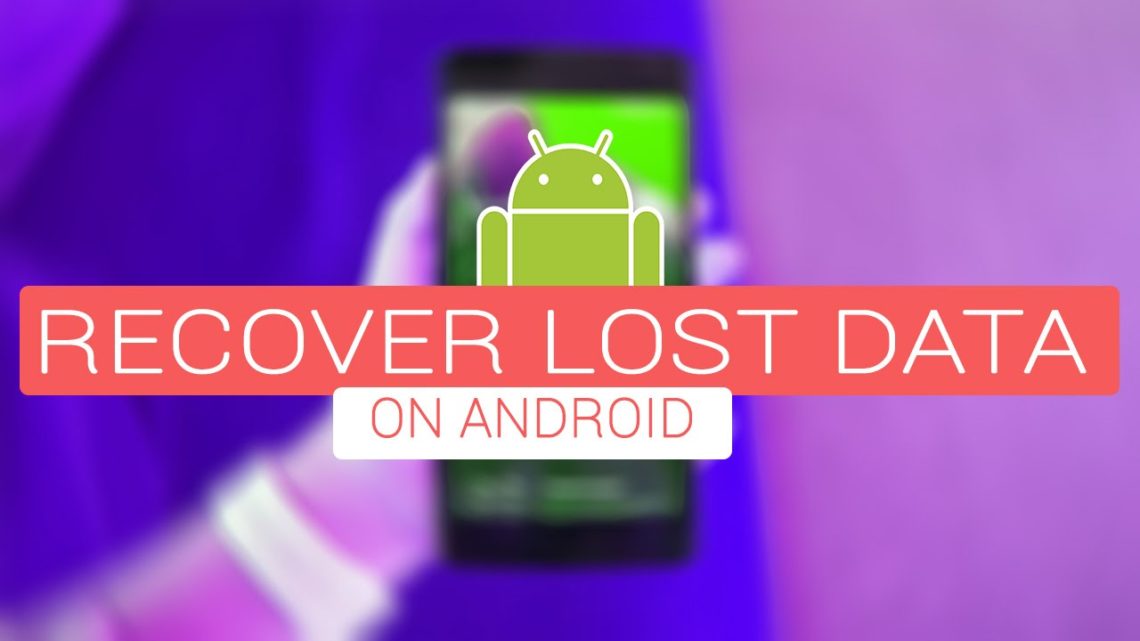Discover the ultimate guide to recover deleted files on Android devices without relying on third-party apps. Uncover step-by-step methods to restore photos, videos, and data from various sources such as Dumpster, Google Photos, File Manager, Google Drive, and more. Whether you accidentally deleted important files or encountered a storage issue, this informative guide will teach you how to retrieve your lost data efficiently, ultimately saving you time and frustration. Dive into the world of data recovery on Android and learn the tricks to retrieve your precious files seamlessly.

Using Dumpster App
Recover Deleted Files Android:
To recover deleted files on Android using the Dumpster app, you don’t need to root your device, ensuring a hassle-free experience. By granting the app storage access, you can seamlessly categorize the data you aim to restore, simplifying the recovery process for users without technical expertise.
Deep Scan Recovery:
Utilize the powerful Deep Scan Recovery feature within the Dumpster app to thoroughly search for previously deleted data. This advanced functionality enhances the chances of recovering files that may have been permanently erased, providing a comprehensive solution for retrieving lost images, videos, and audio files effortlessly.

Utilizing Google Photos
-
Google Photos offers a convenient way to “Recover Deleted Files Android”, utilizing its Trash feature. When files are deleted, they are stored in the Trash for 60 days, allowing you to easily retrieve them when needed.
-
Ensure your photos and videos remain safe by enabling the automatic backup feature on Google Photos. This functionality, triggered when connected to WiFi, securely stores your media, providing a safety net for accidental deletions.
:max_bytes(150000):strip_icc()/01-the-10-best-android-file-managers-of-2019-4771708-b5774c7e4f684d2e953f2be2728024c2.jpg)
Recovering Deleted Files without Apps
Utilize the File Manager on your Android device to retrieve deleted files through the Trash feature. Similar to the Recycle Bin on computers, the Trash acts as a temporary storage for deleted items. By navigating to File Manager and selecting ‘Restore,’ you can effortlessly recover your deleted data on your Android device without the need for third-party applications.

Restoring Photos & Videos without Apps
To recover deleted files on Android devices without the use of third-party apps, users can leverage the built-in Gallery or Photos apps. These native applications often store deleted photos and videos in a temporary location, allowing for easy retrieval within a specific timeframe.
For efficient restoration, Android users should promptly check the Trash or Recently Deleted sections within the Gallery or Photos apps. These sections typically retain deleted files for a limited period, usually ranging from 30 to 60 days post-deletion. By acting swiftly, users increase their chances of successfully recovering their deleted photos and videos without external tools.
Another effective method to restore deleted photos and videos on Android involves utilizing the Restore option within the Gallery or Photos apps. This feature enables users to recover files that were recently deleted, providing a convenient and user-friendly way to retrieve important media assets without the need for third-party applications. By exploring this built-in functionality, users can streamline the recovery process while maintaining control over their files.
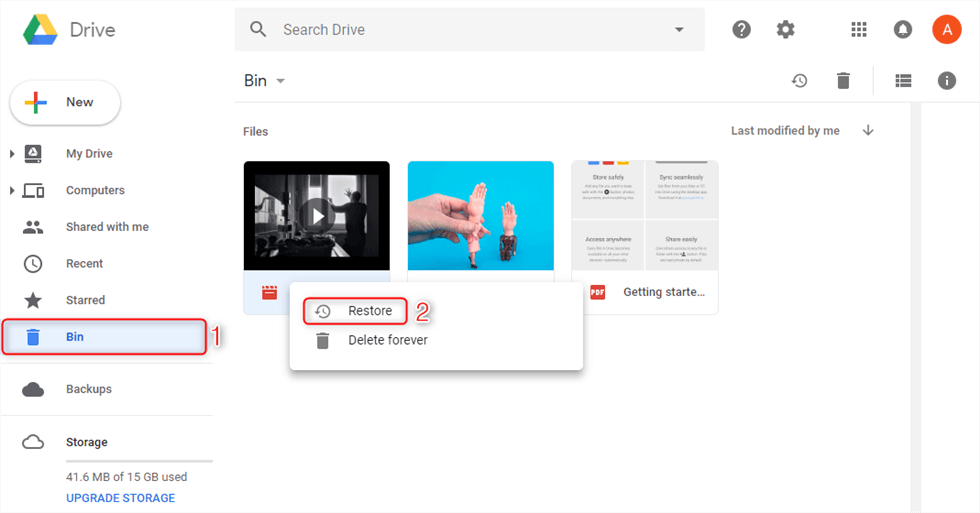
Using Google Drive
-
To recover deleted files on Android, leverage Google Drive’s Trash feature if the data was previously backed up. Explore the Trash section within Google Drive to locate and restore the deleted files effortlessly.
-
When aiming to recover deleted files on your Android device, initiate the file restoration process by accessing Google Drive and selecting the Restore option. This straightforward approach allows you to swiftly retrieve your lost data without the need for third-party apps.
Undelete Files with Recuva
To recover deleted files on Android without third-party apps, consider using Recuva File Recovery. Begin by connecting your Android device to a PC or laptop. Next, choose the file format you wish to restore and select the specific storage media on your phone. Utilize Recuva’s scanning feature to detect deleted data and easily select the files you want to recover. With these simple steps, you can efficiently recover deleted files on your Android device using Recuva.

DiskDigger for File Restoration
To recover deleted files on Android, consider using DiskDigger. By downloading the app from the Google Play Store, you can easily retrieve lost data from both internal memory and microSD cards. This tool offers a user-friendly interface, making file restoration a seamless process for Android users.
For optimal results when using DiskDigger, it is advisable to root your device beforehand. By rooting your Android device, you unlock advanced features and scanning capabilities within DiskDigger, ensuring a more thorough search for and recovery of deleted files. This step enhances the efficiency and effectiveness of the file restoration process.
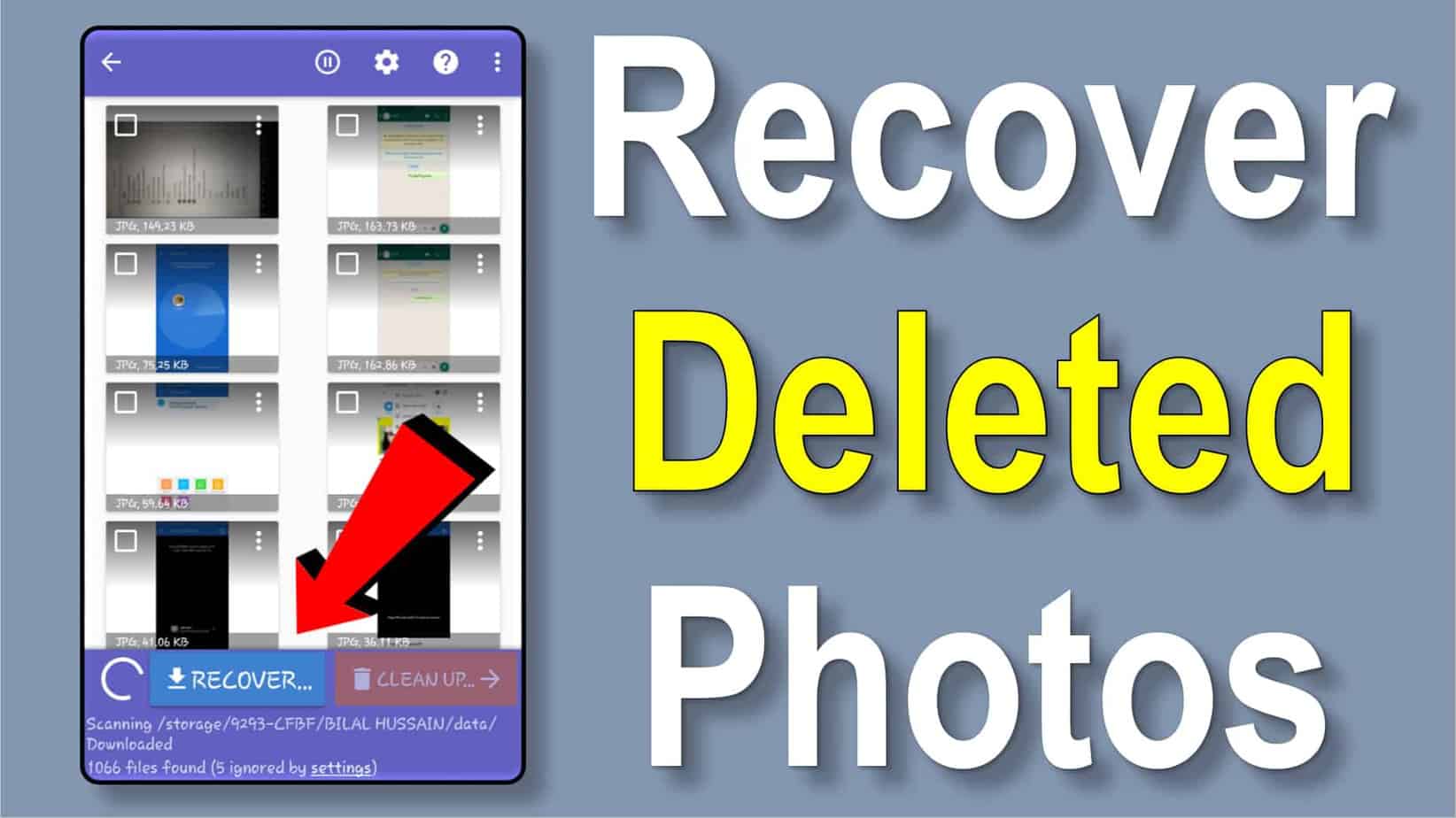
Restoring Game Data on Android
To Recover Deleted Files Android and restore your cherished game progress on Android, you can easily retrieve deleted game data by reconnecting with your social media or Google Play Games accounts. This seamless process allows you to recover your game progress hassle-free without the need for third-party applications. The convenience of linking to relevant accounts ensures that your game data is securely stored and easily recoverable.
Another efficient method to Recover Deleted Files Android involves reinstalling the game on your device and linking it to the associated account. By doing so, you can access your stored game progress from the cloud, granting you the ability to resume your gaming journey from where you left off. This streamlined approach ensures a smooth restoration process without the dependency on external tools, providing a user-friendly experience for Android gamers seeking to retrieve deleted game data.

Recovering Deleted Emails
When it comes to recovering deleted emails on your Android device, utilizing the Gmail app can be a lifesaver. By simply accessing the app and navigating to the designated “Trash” section, you can easily view and recover any emails that you may have mistakenly deleted. This method is especially useful for users looking to restore important emails without the need for third-party apps.
To ensure a successful recovery process, remember that Gmail typically retains deleted emails in the Trash folder for up to 30 days. This provides a considerable window of opportunity for users to retrieve any accidentally deleted emails. By being proactive and regularly checking the Trash folder within the Gmail app, you can effectively recover deleted files on your Android device without third-party interventions.
Incorporating this simple yet powerful technique into your email management routine can significantly enhance your ability to recover deleted files on Android devices. By leveraging the native features of the Gmail app and staying within the 30-day recovery window, Android users can swiftly retrieve important emails without the reliance on external applications. This approach not only streamlines the recovery process but also ensures a seamless and efficient experience for users aiming to restore deleted emails.
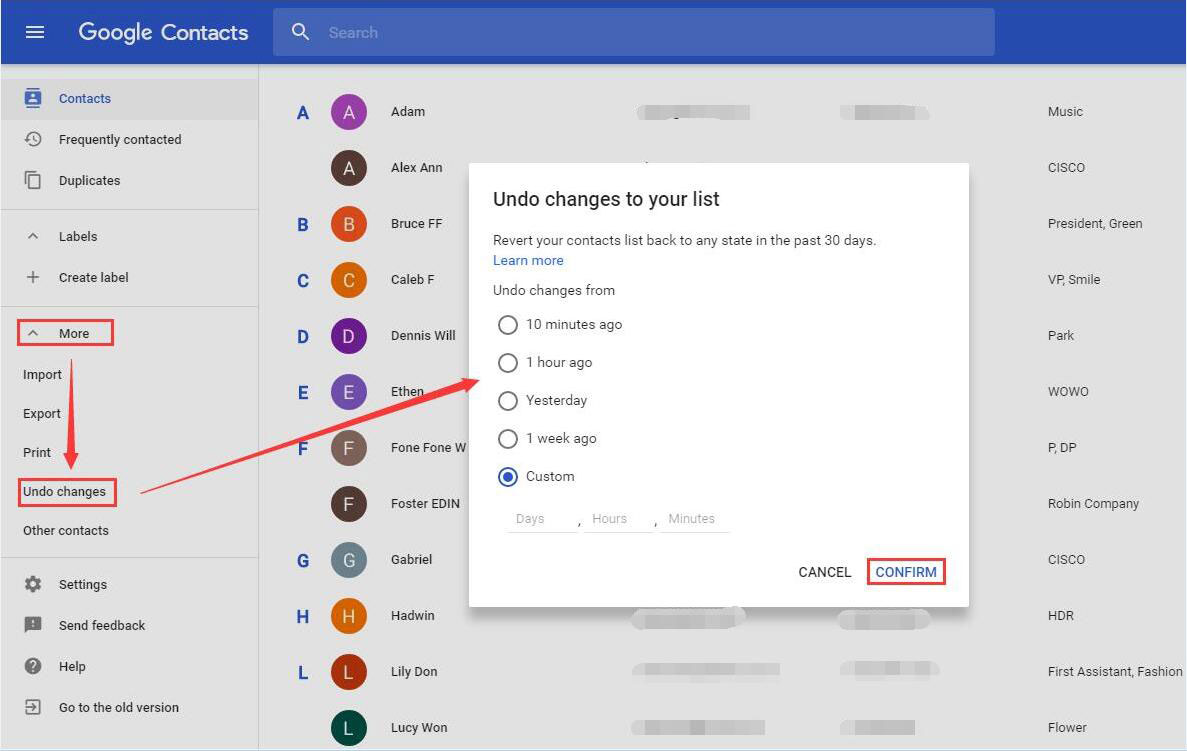
Recovering Lost Phone Contacts
To recover deleted contacts on your Android device, utilize Google Contacts through a PC browser. This method allows you to access and restore contacts that have been recently deleted. Remember to act promptly as Google Contacts retains deleted contacts for up to 30 days in its Trash feature.
- Employ Google Contacts on a PC browser for convenient access and recovery of lost contacts.
- Act swiftly as deleted contacts are recoverable within 30 days from Google Contacts’ Trash feature.
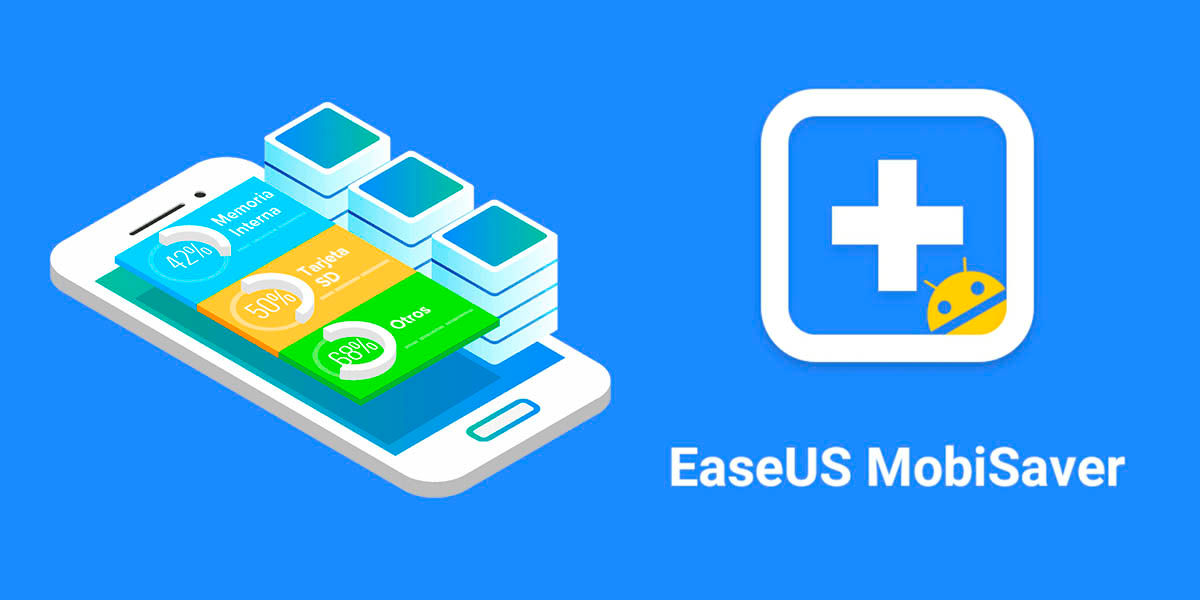
EaseUS for Data Recovery
Recover Deleted Files Android with EaseUS MobiSaver for Android, a powerful tool available on Google Play Store. Choose specific file categories to initiate a comprehensive scan of your device’s storage media. For advanced recovery features, consider obtaining root access to maximize the tool’s capabilities and retrieve a wide range of deleted data types.
